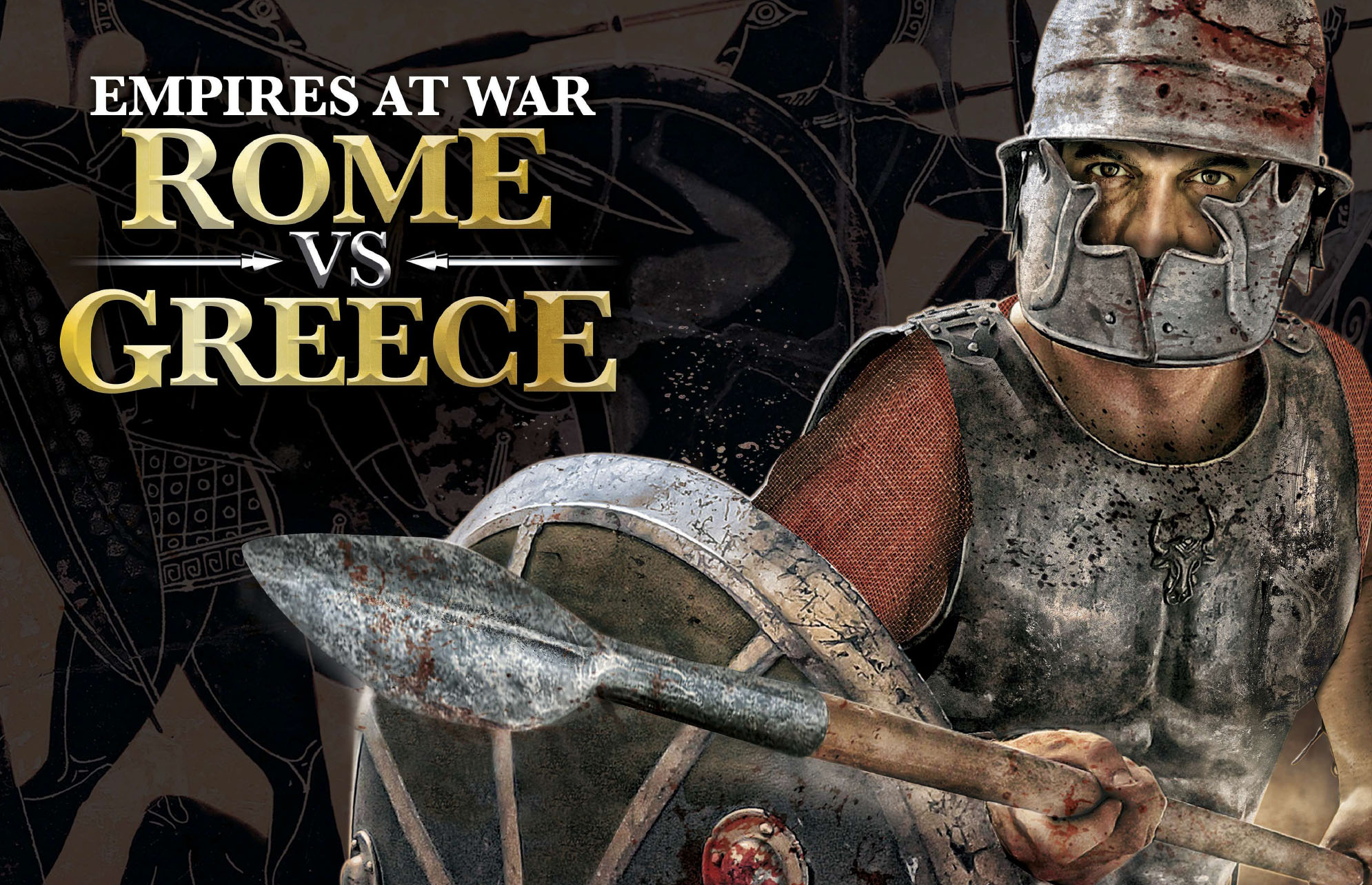


Motivating the TroopsĪll troops swore an oath of allegiance, the sacramentum, to the emperor himself. Another of Augustus' policies was to ensure loyalty by carefully restricting positions of command to the Imperial clique.

In 6 CE the emperor also created a treasury specifically for the military ( aerarium militare) which was funded by taxes and allowed for a system of retirement benefits. 31 BCE created for the first time a permanent and fully professional army with a central command and logistics structure resulting in a permanent force of 300,000 men paving the way for the huge armies of later centuries when there were 25-30 legions across the empire. In 167 BCE there were 8 legions but by 50 BCE this number had risen to around 15 legions. In this period, legions also took on permanent names and identities and were equipped by the state. Troops were also trained to use these weapons well and to carry out complicated battle manoeuvres, although the duration and intensity of training was very much down to individual commanders.įrom 100 BCE (or perhaps even earlier) the maniple was abandoned and instead a legion was divided into 10 cohorts of 4-500 men which would remain the basic Roman tactical unit. In addition, it came to be recognised that terrain could be an important factor in aiding or hindering troop movements. Manoeuvrability was also aided by the adoption of lighter weaponry - the short sword or gladius Hispaniensis, the pilum javelin instead of the traditional heavy spear, and the central-handled, concave shield or scutum. The maniples were mobile, disciplined in their close formation and they could rotate their engagement with the enemy to allow fresh troops into the battle. Specialist mercenary troops with skills the Romans lacked might also be employed such as Cretan archers and slingers from Rhodes. In the 1st century BCE both disappeared from the army but the cavalry did make a comeback in the Imperial period. These two groups were used as a protective screen for the heavy infantry legions and they also harried the enemy from the flanks when the enemy met the legions head on. Another 800 to 1200 light-armed soldiers ( velites), often from Rome's allies, took position in front of the legion with 300 cavalry positioned in support.
:max_bytes(150000):strip_icc()/Triumph_of_Achilles_in_Corfu_Achilleion_cropped_color_enhanced_white_balanced22222-c44b653db6f74fb194dea25195e6a9ec.jpg)
The largest unit in the Roman army was the legion of 4,200 men divided into 30 divisions or maniples which were now each deployed in three lines ( hastati, principes, and triarii who were the veterans) arranged as in a checkerboard ( quincunx). In the early Republican period troop formation followed the example of the Greek phalanx but from the 3rd century BCE to the 1st century BCE the tactics for infantry deployment changed.


 0 kommentar(er)
0 kommentar(er)
